Editorial by Kat McNichol, Editor-in-Chief, Dreamers
Like many in the creative writing community, I have been closely following the emergence of ChatGPT. For those who are unfamiliar, ChatGPT is a self-described “AI language model” currently making waves across the creative arts. In more general terms, it’s online chat software that responds to human input using an AI chatbot. But don’t let the term “chatbot” fool you. This chatbot is far more advanced than any you may have come across before. In this editorial, I explore ChatGPT and creative writing, discussing how ChatGPT and AI technology are reshaping the creative writing landscape, and the potential implications for the future.
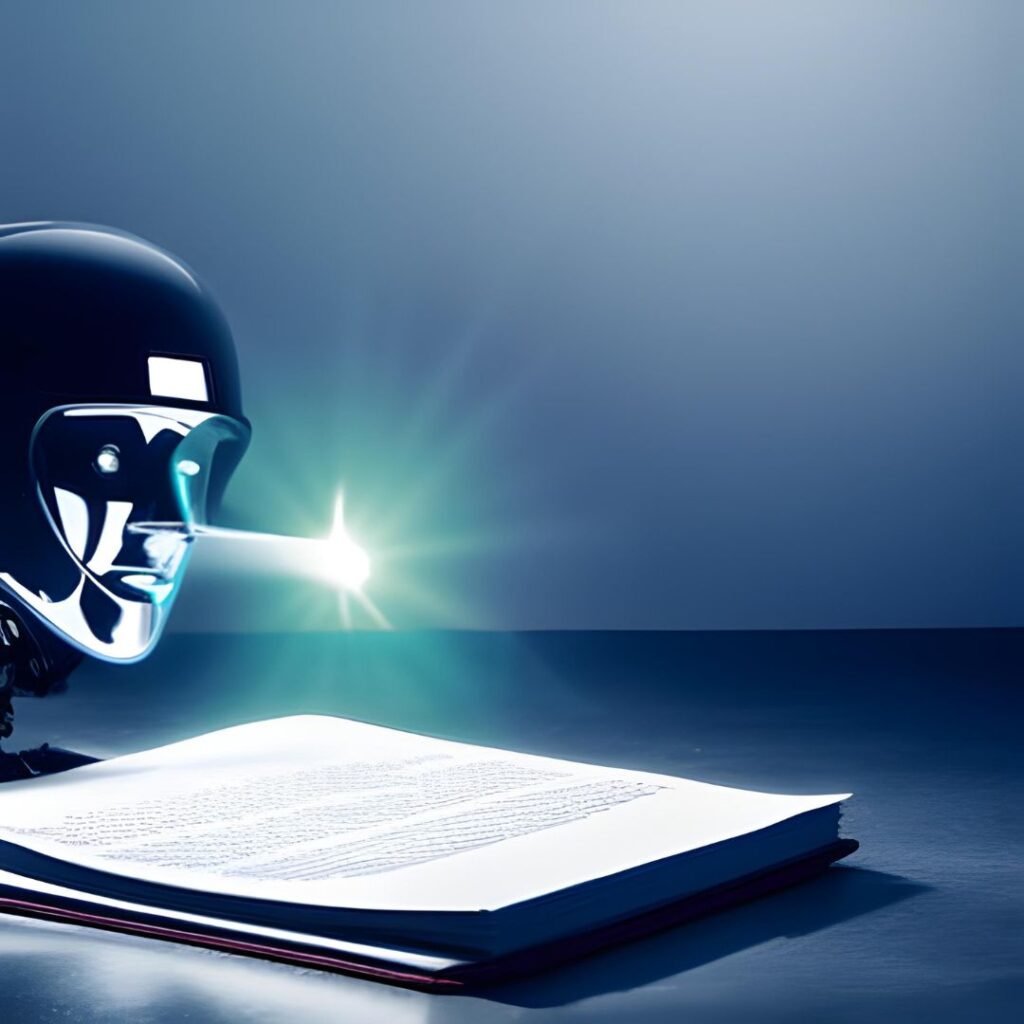
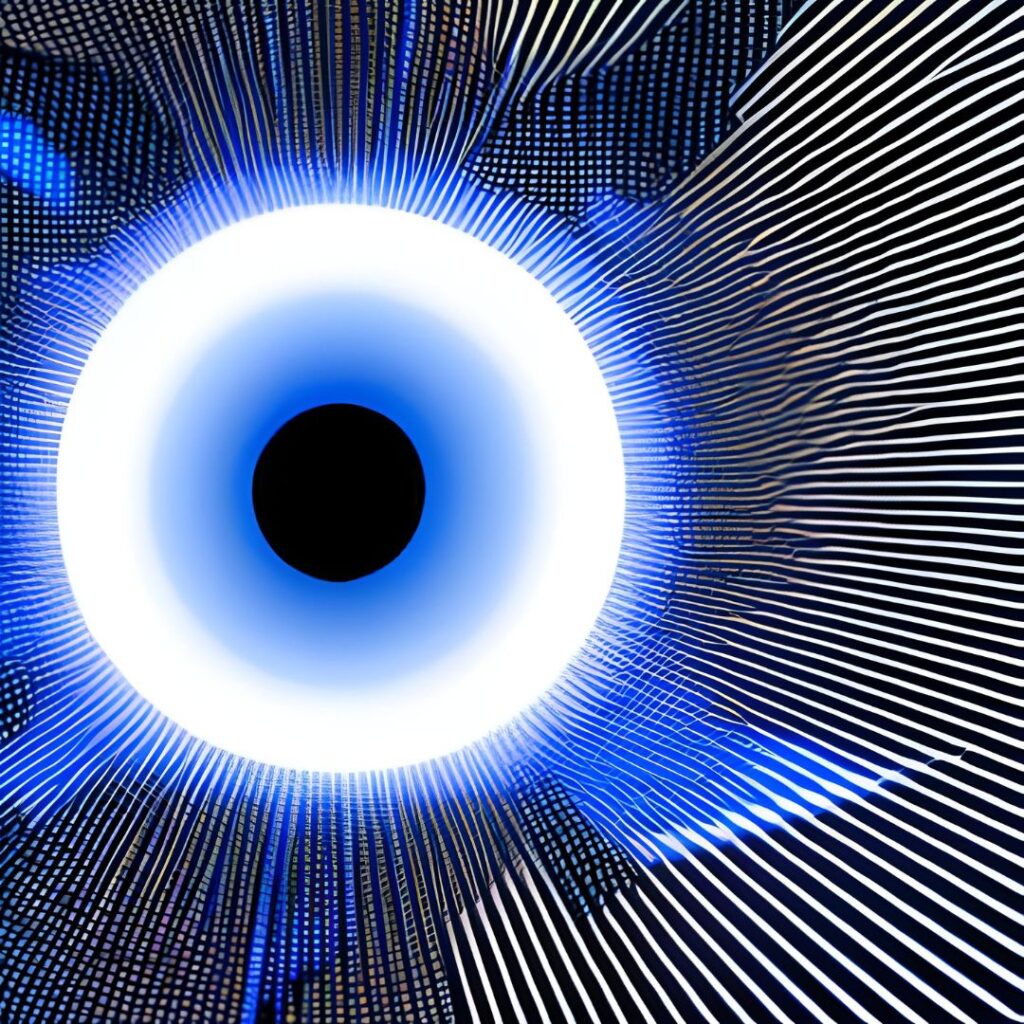
Initial Reaction: Skepticism
When ChatGPT first appeared, the idea of a machine generating creative works made me anxious. As a writer, I believe in the authenticity and originality of human writing. But, trying to keep an open mind, I asked ChatGPT to generate a few creative stories based on my prompts. At first, I was impressed by the impeccable grammar and syntax, but on further inspection, I found the stories were too perfect, with neatly resolved plots and characters more like caricatures than real people. They lacked the depth and complexity that comes from a human perspective. This reinforced my belief that writing is not just about technical perfection, but about capturing the messy, beautiful complexity of the human experience.
Exploring the Capabilities of ChatGPT
But, as I continued to delve into the capabilities of AI technology and creative writing, trying numerous prompts and asking a gamut of questions, I found my perspective shifting. Having now used the tool, I can see how AI could be a valuable resource for writers and publishers, particularly in terms of streamlining certain aspects of the writing and publishing process. For example, AI can be used to generate ideas, proofread and edit text, and even help writers promote their work using content marketing techniques. But, while ChatGPT can assist with the technical aspects, it cannot replicate the human experience or emotions that are essential to truly great writing. Writing is not just about arranging words on a page; it is an act of self-expression, an exploration of the human condition, and a means of connecting with others.
Drawing the Line Between Human and AI Writing
The question then becomes where to draw the line between writing done by humans and writing done by AI. In my humble opinion, it comes down to intention. When we write to express our unique human perspective, that’s something no machine can replicate. But when writing is done with the intention of creating a specific effect or exploring a particular theme, AI can be a valuable resource for writers looking to generate ideas, overcome writer’s block, or explore new avenues of creative expression.
We’re living in a time of rapid change, and the creative arts are no exception. The way we write, read, and consume content is all evolving rapidly. But no matter what the future holds, one thing is certain: the power of human storytelling will endure. So keep writing!
Post-script (P.S.)
Did you know that OpenAI has also released an AI content detector, which they call an AI Classifier? This classifier can “likely” detect writing produced by AI. It’s not perfect, hence why it uses “likely” and “unlikely” vs. “Yes” or “No”, but it’s new technology that will continue to improve. To learn more about OpenAI’s AI Classifier, read the OpenAI webpage: “New AI classifier for indicating AI-written text“. To try OpenAI’s classifier, sign up for a free account with OpenAI.
How to Find and Use ChatGPT
- Go to chat.openai.com.
- Sign-up for a free account.
- Start chatting.
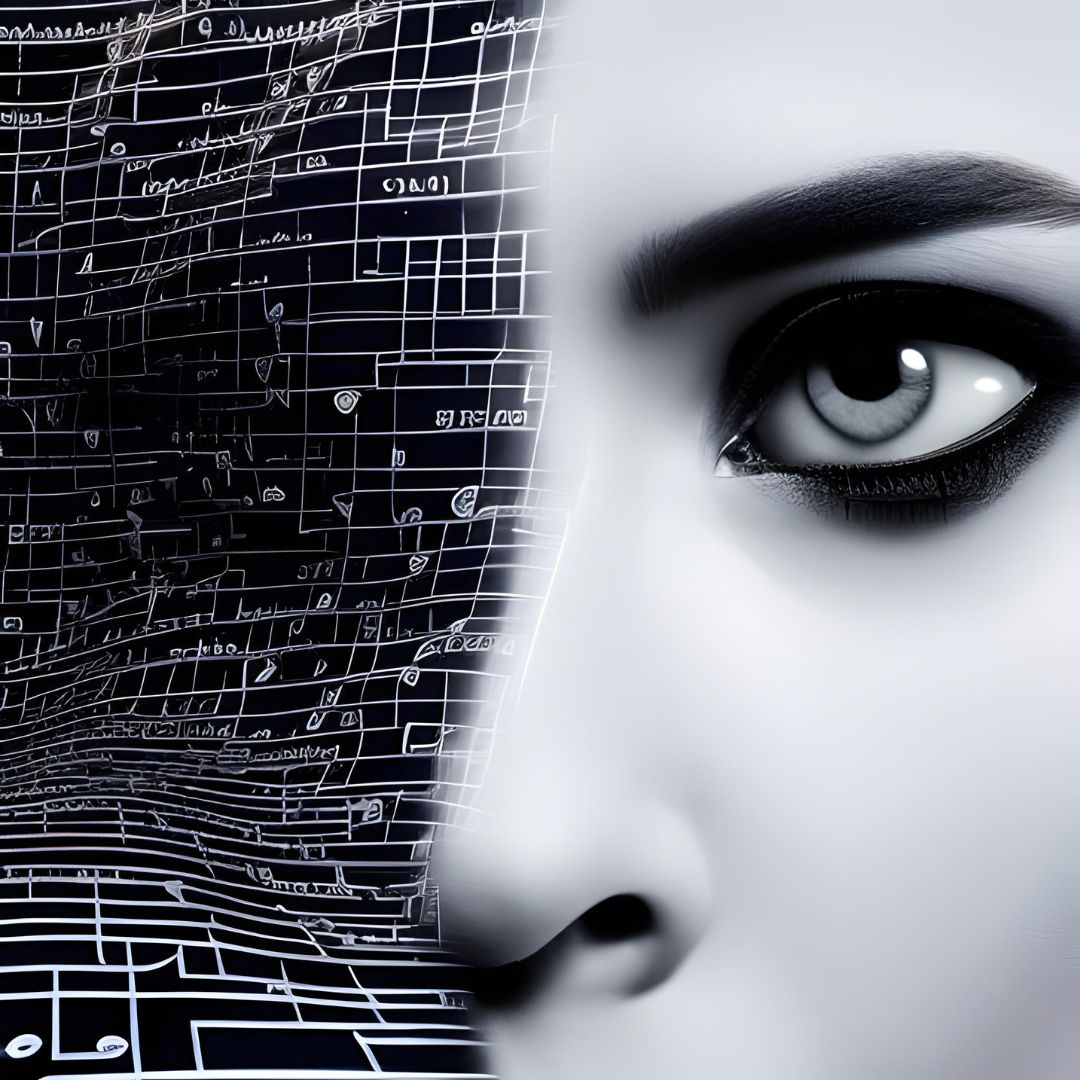
Explore more:
Meanwhile, at Dreamers…
Dreamers Writing Prompt Generator
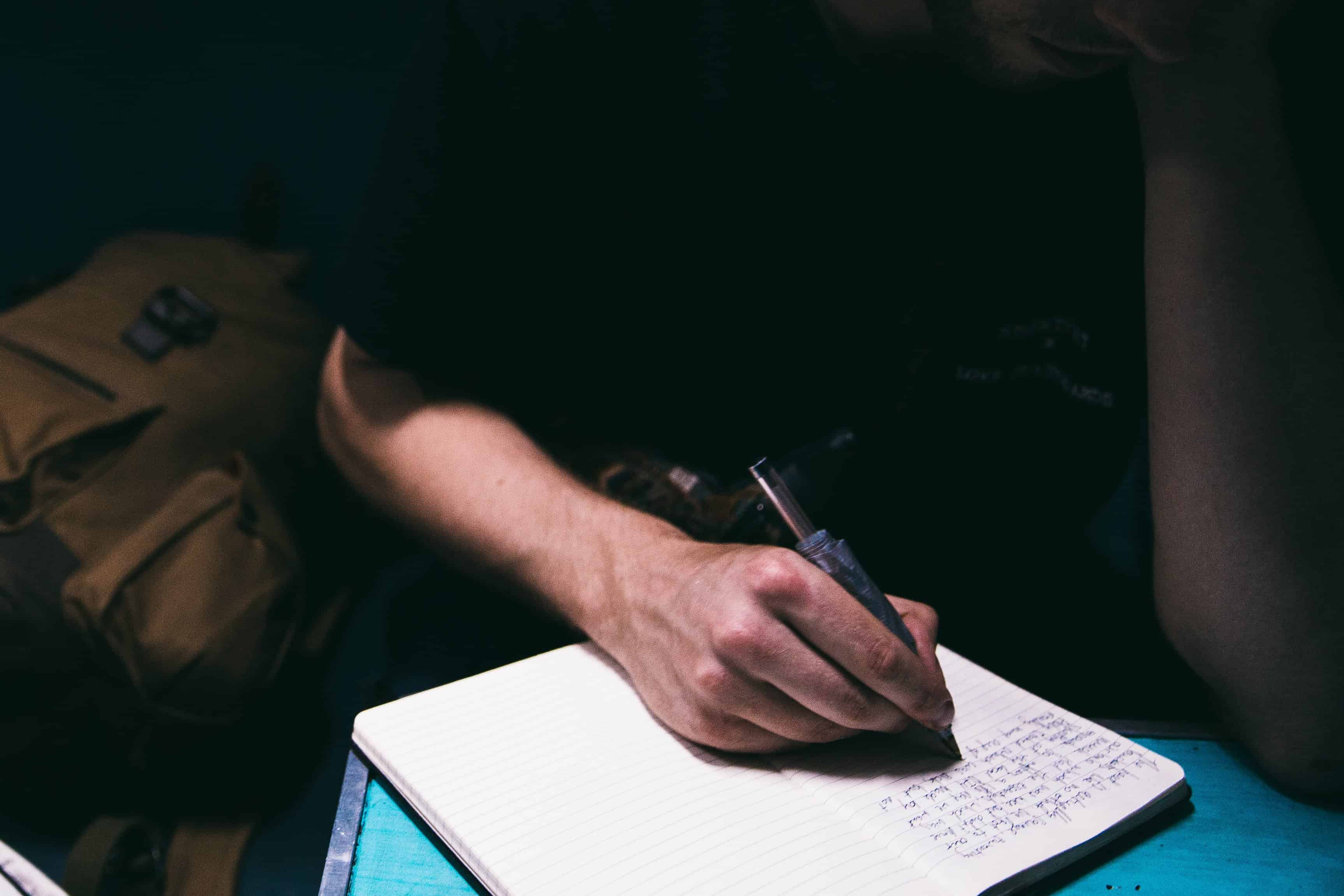
Experience the power of simplicity with our unique writing prompt generator. Designed for writers who crave spontaneity and surprise, our tool delivers one meticulously crafted prompt at a time.
Top 25 Most Popular Manga Right Now
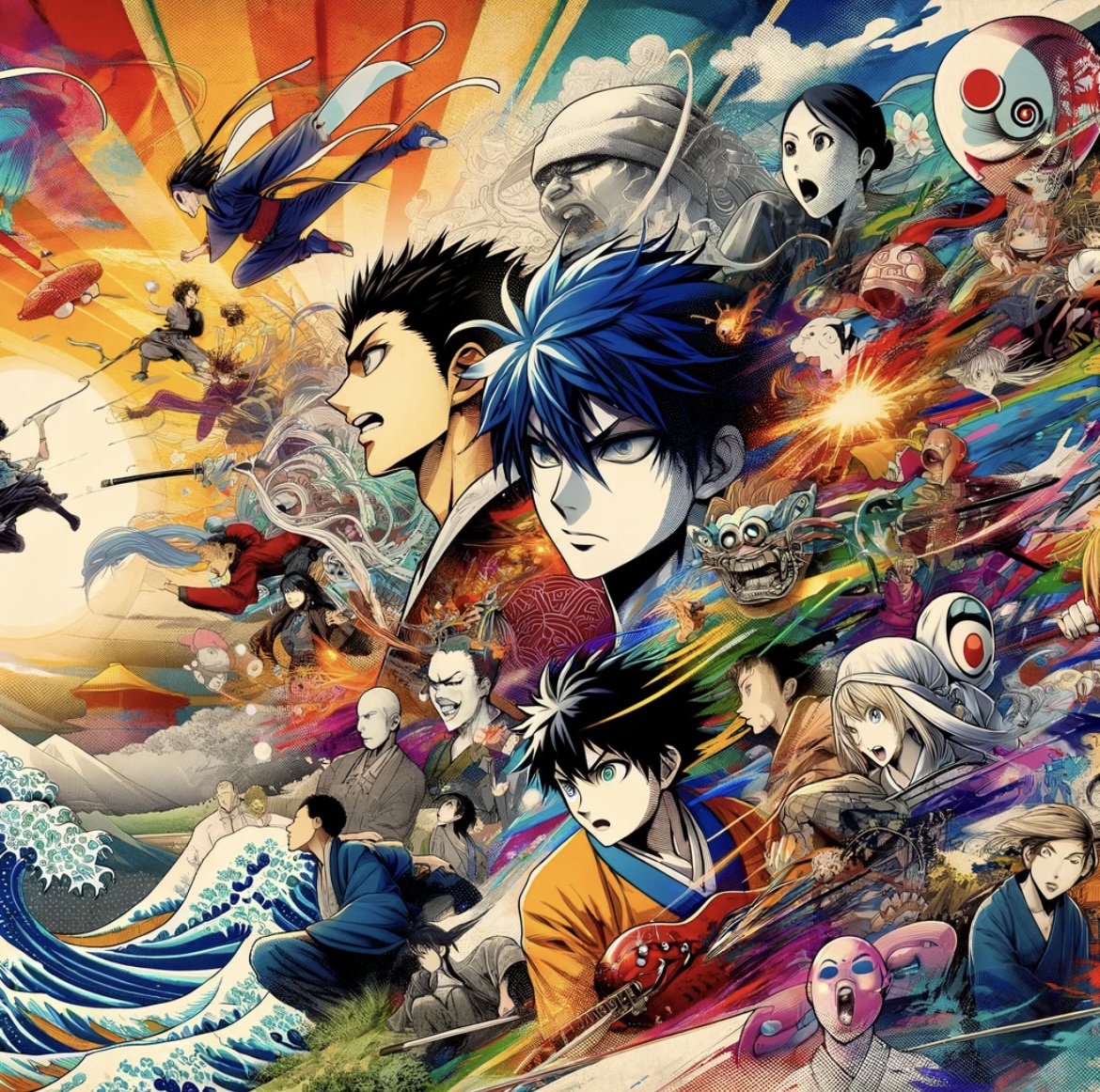
If you’re searching for the most popular Manga right now, this top 25 list is the ideal starting point, whether a beginner or enthusiast.